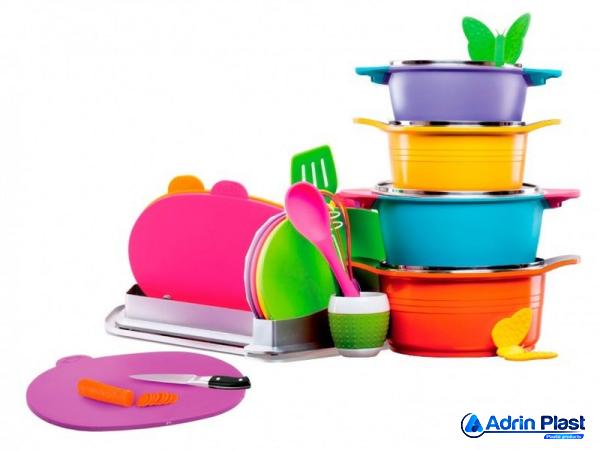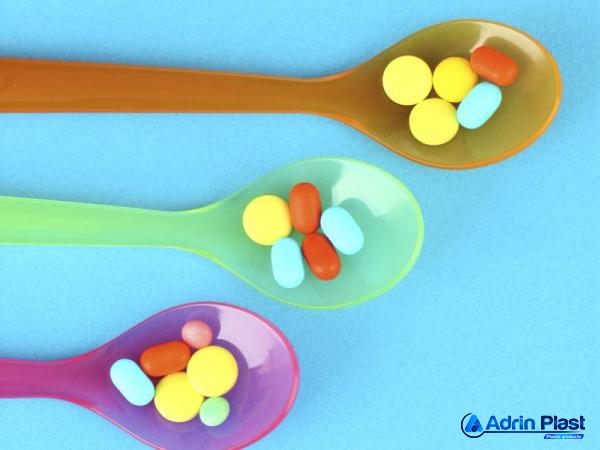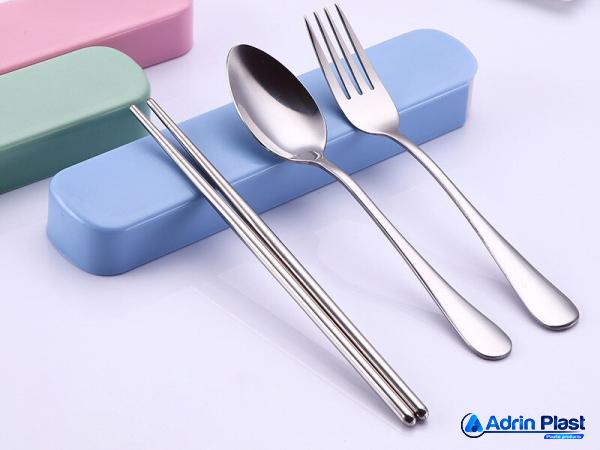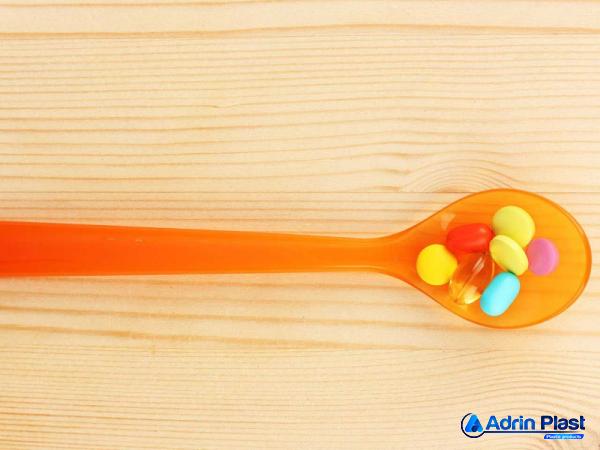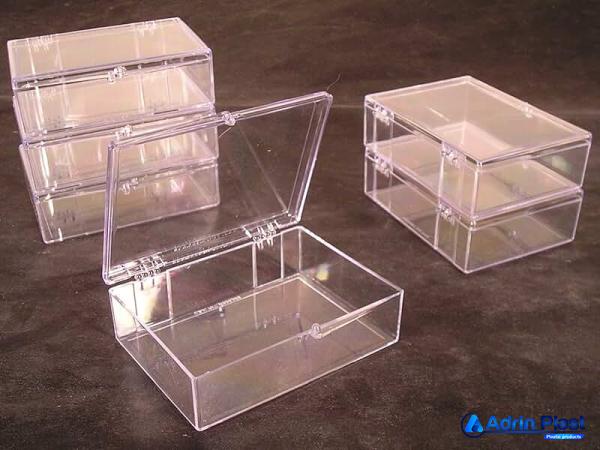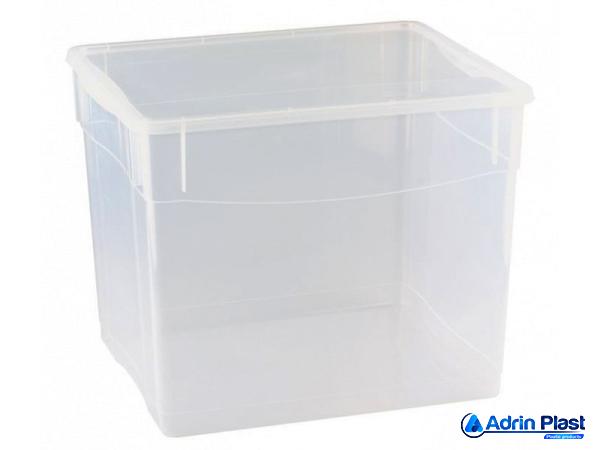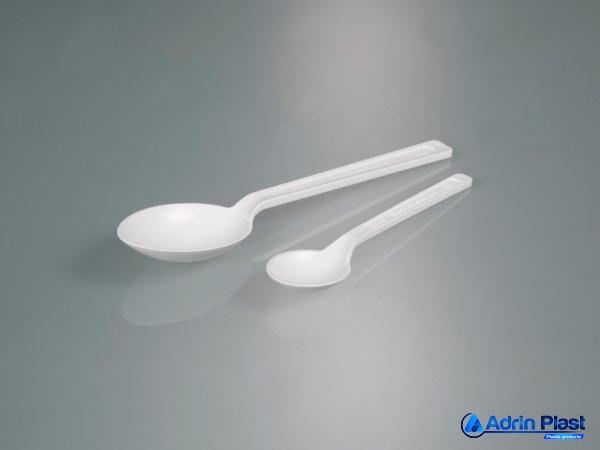Introducing plastic bucket container + the best purchase price
There are many uses for buckets and containers that are made of plastic, and we should know about the advantages and disadvantages of a plastic bucket and container
Plastics are used to build buckets and containers because they are flexible, durable, do not corrode, and are slow to degrade
Plastic is more weather resistant than metal buckets in most climates
Buckets are often used
They are large with a large mouth hole and usually have a hilt
A bucket stores and transports items
Buckets are not the same
Some buckets are made of delicate materials that break easily, while others require frequent maintenance
Steel and Metal frames make buckets strong, but they are also their weak point
Metals react with other chemicals or materials, forming a toxic mixture that is bad for the object and its users
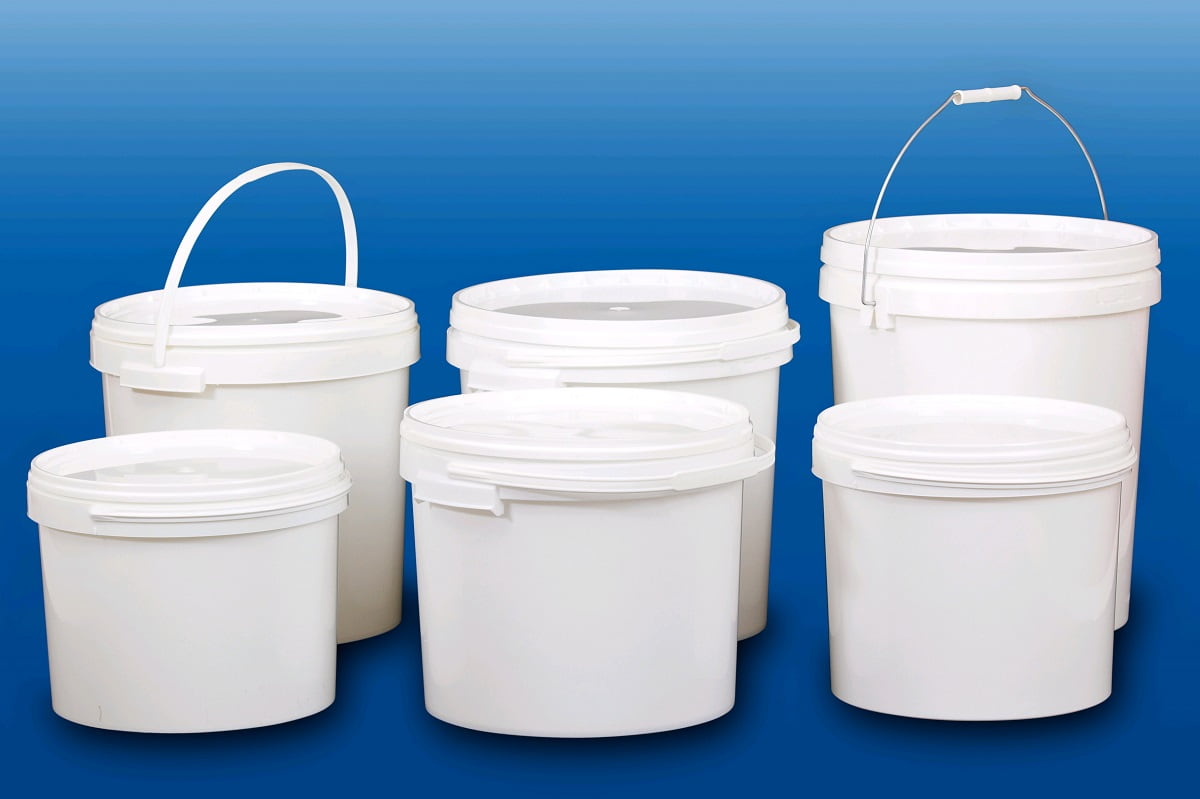
Metals can rust when exposed to liquids
Wood can absorb liquids, leading to deterioration
Chemicals are used to make wood less porous, but they can penetrate liquids and make them toxic
Plastic buckets can store practically anything, while metal cannot
Plastic research has led to BPA-free products
BPA caused plastics to be classified as toxic
It’s the essential ingredient needed to make plastics stiff, but it can also disrupt hormones
Plastics are made of man-made synthetic materials called polymers, so scientists have found safe substances that can be used
Plastic buckets can carry virtually anything due to human convenience study
Both flexibility and malleability go well together
Flexible people can adapt to new environments, while malleable people can bend without breaking
The combination of these 2 qualities creates longevity
Difficult to break but easy to bend, this is how durability is described
Buckets have multiple uses
Able to transport solids, liquids, and both, they are used in homes, industrial and commercial settings
Metal or steel buckets cannot be bent
Metal is a hard material that was excellent in ancient times
A hard-to-break material may seem fantastic until the weight is factored in
A flexible material distributes weight evenly to make it lighter
Metals do not bend and remain compact when pressed
The weight is concentrated in one region, making it harder to carry
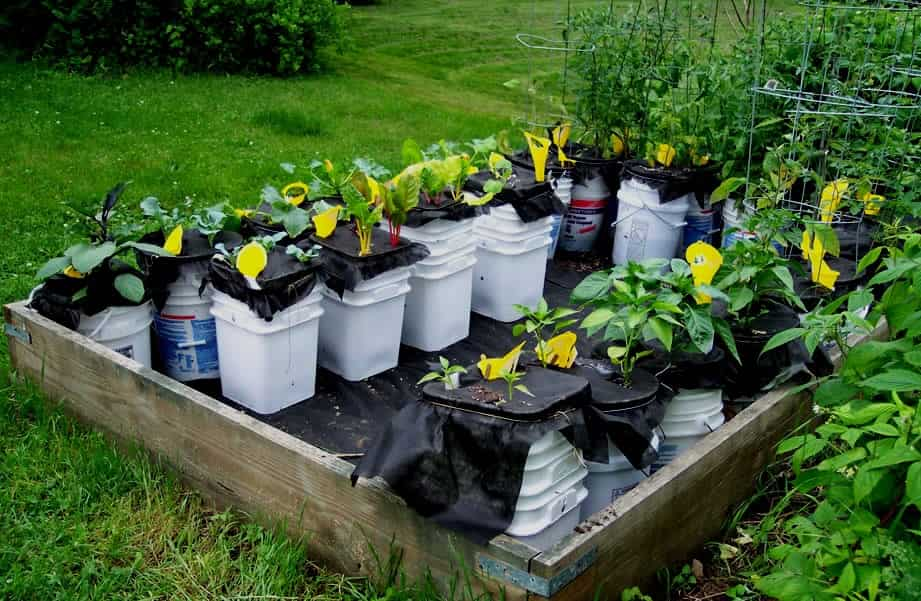
Plastic bucket advantages and disadvantages
Plastic products like a container or a bucket, are used for many purposes and places
So we should know about their advantages and also disadvantages
Plastic buckets are easy to use Plastic buckets are perhaps the most versatile material when it comes to utility
Plastic buckets can be used for groceries, luggage, children’s toys, and even gardening
But why is this so? What makes plastic buckets more convenient to use than other buckets? So let’s start with the content
BPA-free plastics are plastics that do not contaminate the user with toxic chemicals
It will not affect the safety of man, woman, or child, perfect as a daily item
In addition, plastic is lighter than other materials, which reduces the risk of injury
Wooden buckets can rot and shatter, while metal buckets can give the user tetanus if they get rusty
This makes plastic buckets the most convenient to use
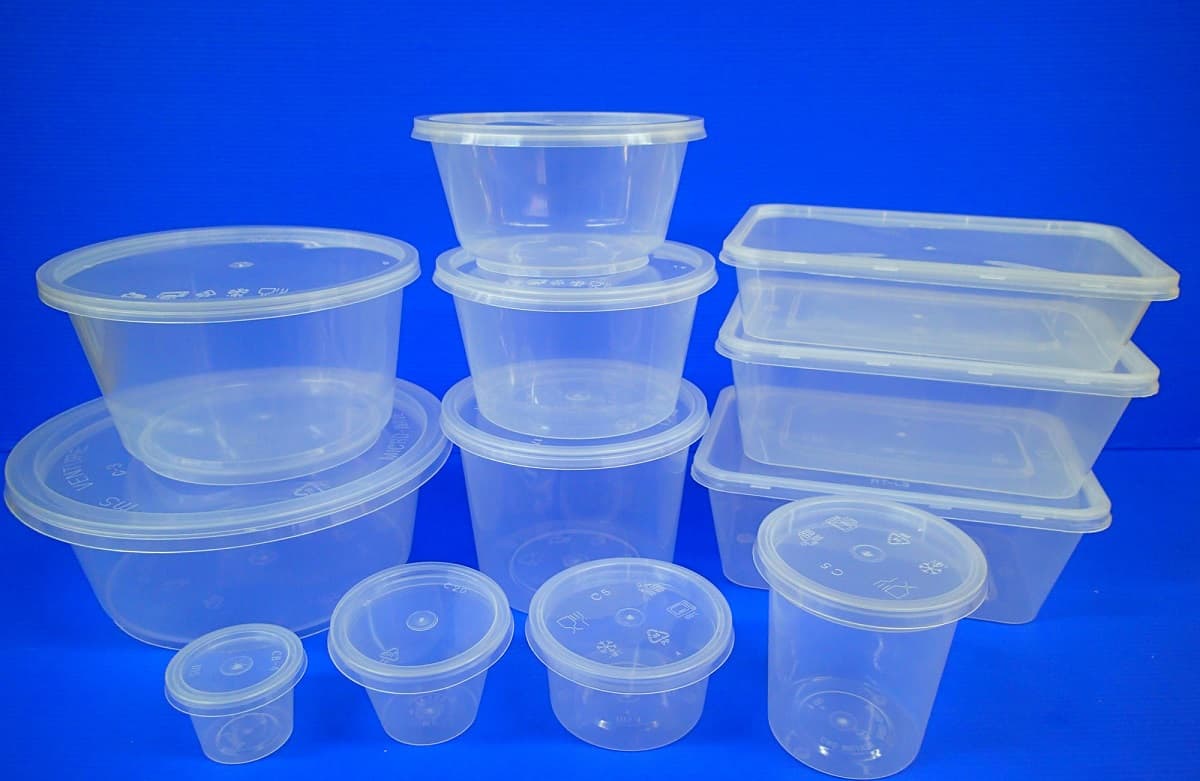
Plastic buckets are not just buckets for filling All in all, plastic buckets have revolutionized the idea of buckets
They have become more than just storage
They have become a toy, a reliable tool for all occasions, and also a great way to save money
This substantial plastic quality adaptability means that durable high-density plastic can be even more resistant to dents, scratches, and impacts
The same goes for chemicals
In industries such as hospitality, agriculture, construction, and healthcare, you will often find plastic buckets and containers used to mix or store chemicals because the material is impervious to many different chemicals
Some disadvantages of plastic buckets and containers:
Poor durability – plastic breaks down over time
Plastic is prone to scratches, dents, or cracks over time
Easily absorbs taste and smell
Main environmental and health impacts
People are at increased risk for high BPA levels
Plastic buckets and containers often do not get damaged when stacked on top of each other, making it easier to transport products
Durability: Plastic products such as plastic buckets and containers take about a thousand years to decompose, they can withstand a long time without damage
However, despite the advantages, it also has disadvantages
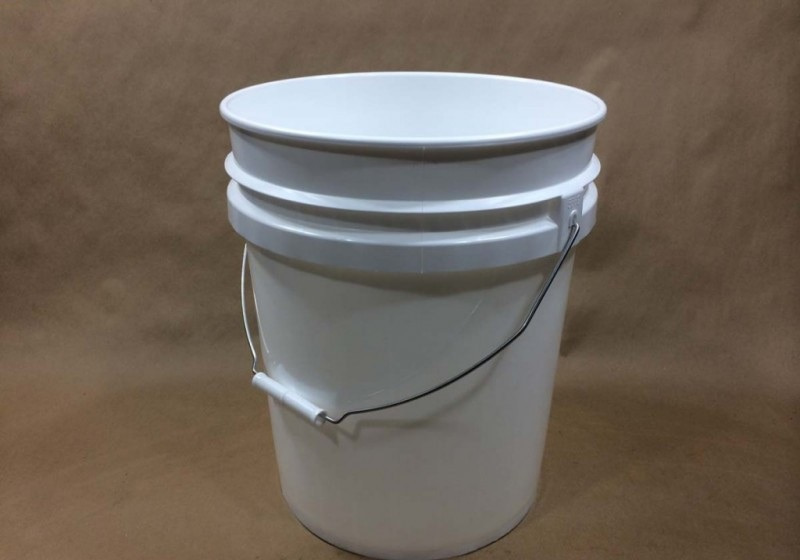
Plastic container uses
The plastic bucket and container have some important uses
Plastic containers are storage units that can be made from various polymers derived from petroleum or natural gas
Crude oil materials undergo various chemical processes to be converted into thermoplastics
Thermoplastics are materials that can be shaped, molded, and made into shipping and storage containers that are extremely strong, durable, and strong
Plastic containers have been around since the Industrial Revolution when they were first used
Since then, they have become an integral part of many manufacturing and transport operations
Injection molding or rotational molding can be used to make plastic containers depending on the desired container size, with rotational molding being the more typical manufacturing process for high-volume single containers

Plastic bottles were the first type of plastic container
The production of plastic bottles exploded in the 1930s with the use of cellulose acetate as a raw material source
As research and development progressed, low-density polyethylene (LDPE) and polyvinyl chloride (PVC) began to be used, two materials that are better suited for high-volume production
Plastic containers are now available in a variety of styles, each with its own unique dimensions
The development of new manufacturing technologies has led to the creation of giant containers for bulk materials, thin and transparent plastic clamshells, and impact-resistant boxes
The global market for plastic containers is expected to be around US$86 billion in 2018
It is expected to grow by 4% between 2019 and 2025
Cosmetics, household supplies, industrial lubricants, and petroleum products are examples of industries that have a high demand for plastic packaging
Polyethylene terephthalate is the most commonly used material for plastic containers (PET)
It is used to make bottles for carbonated drinks, juices, and mineral water

Advantages of using plastic containers for storing food
The containers that are made of plastic are very good and full of advantages and by using them for storing our food, we can keep the food healthy and safe
The following is a list of the benefits that can be achieved by storing food in a plastic container:
Plastic is a substance that is extremely malleable and flexible
It is simple to manipulate into any desired shape, size, or thickness in accordance with the requirements
When compared to other alternative packing materials, they are extremely lightweight and take up very little room when stored
They take up less space and are more convenient to move and store
Plastics have great resistance to the environment or to chemical reactions that take place within their parameters
This indicates that it is capable of shielding food from a variety of harmful elements, including oxygen, moisture, and dust, for an extremely extended period of time
Because plastics are so long-lasting and resistant to the effects of the outside world, they can guarantee that a product will always be provided with the same quality, even after being stored or transported
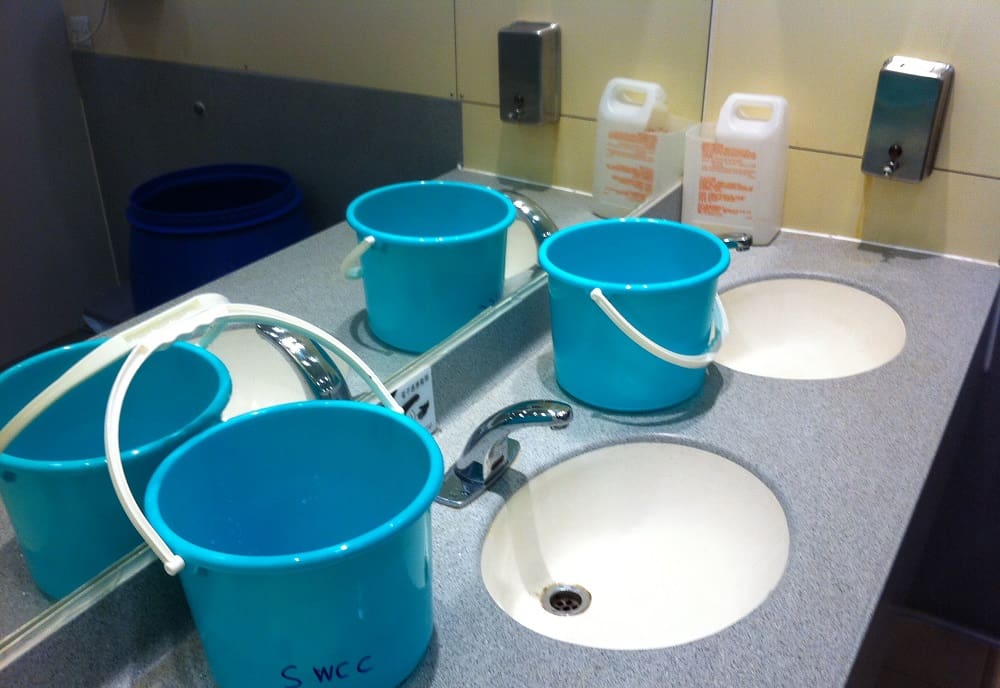
Plastics are inexpensive, extremely long-lasting, and simple to reuse and recycle
Plastics are simple to produce and have very low production costs
This enables producers working on a smaller scale to utilize high-quality plastic without incurring excessive costs
When it comes to storing food, one of the best methods is to use plastic containers with lids
These containers prevent food from becoming stale and maintain its original flavor and freshness for an extended period of time
There is a wide variety of food storage plastic containers available to choose from that are airtight and have lids
Here is why plastic containers are very good for food storing briefly:
One of the most lightweight storage options is plastic container storage
As a result, they do not require much effort to transport
Plastic containers are able to withstand harsh environments, although they deteriorate rapidly in warm and cold climates
It maintains the food’s freshness for an extended period of time
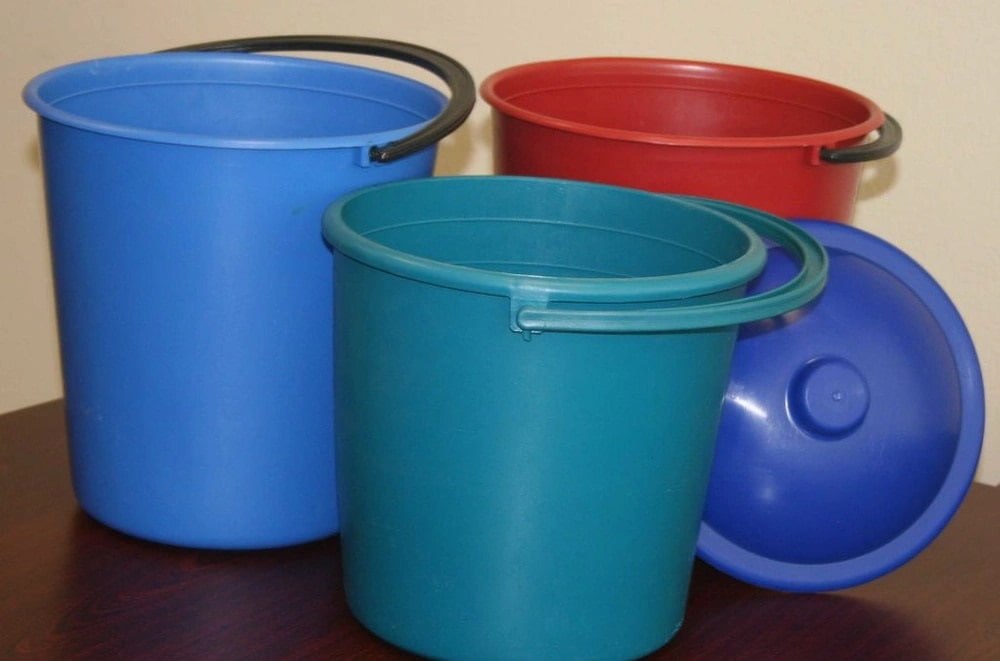
What is plastic container
In order to know what a plastic storage or container is, we should look into its uses
Containers made entirely or partially of plastic may be referred to as either plastic containers or just containers
Plastic cups, plastic bottles, plastic bags, foam food containers, Tupperware, plastic tubes, clamshells, cosmetic containers to medium bulk containers, and various types of corrugated plastic containers are all examples of common types of plastic containers
Disposable or reusable and durable plastic cups, plastic bottles, and plastic bags are also common types of plastic containers
In addition to paperboard and other materials, the entire packaging industry relies primarily on plastic containers or containers that have a plastic component (plastic coating or if made of composite material)
Today, plastic food storage containers are by far the most common food storage option
Containers can be categorized as either single-use or disposable, or multi-purpose and durable, which is a fundamental and important distinction
The former accounts for a significant amount of the world’s litter produced from plastic (toothpaste tubes, foam food delivery containers, most plastic bottles, etc
)
There are many different types of plastic because there are so many different uses for containers
While some containers, such as bottles, can be recycled, due to the wide variety of materials involved (combinations are no exception to this rule), litter accounts for a large proportion of easily observed plastic pollution
Plastics are used in an ever increasing variety of applications for a variety of reasons, the main reasons being their portability and relatively low cost
Plastic packaging can keep food fresh for longer, reduce the amount of food wasted and give customers more food options
In addition, products packaged in plastic containers are easy to transport and distribute
Because of its low cost, malleability, formability, durability, and light weight, plastic has largely replaced more traditional container-making materials such as wood, cardboard, and metal in the manufacture of containers

Plastic container recycle
The recycle process of a plastic bucket or container, Depends on the plastic material that has been used to produce that plastic container
Plastic containers are popular because they are versatile, durable, economical, and flexible
We can also store and organize computer supplies, office supplies, medicines, and data
Plastic food containers are suitable for storing food at room temperature in the refrigerator
They do not react with food ingredients, keep food hygienic and fresh, and prevent the growth of mold and bacteria
Throwing away unwanted or worn-out plastic containers may not be the most environmentally friendly way to dispose of them
Plastic decomposes slowly and produces toxins that harm the environment
When you’re done using plastic, recycling is a better option than throwing it away
Look for numbers or recycling symbols on the bottom of the container
They evaluate whether plastic containers can be recycled
After processing and cleaning, the plastic is cut into flakes or melted into pellets to produce new products
You can also return the plastic to the seller for recycling
Most recycling centers recycle 1, 2, 4, and 5
These common food containers are plastic
Plastic 1 is recyclable and well suited for long-term food storage
Avoid using plastic 3, 6, and 7 for food
They are not easy to recycle, and they usually end up in the trash, which is not practical
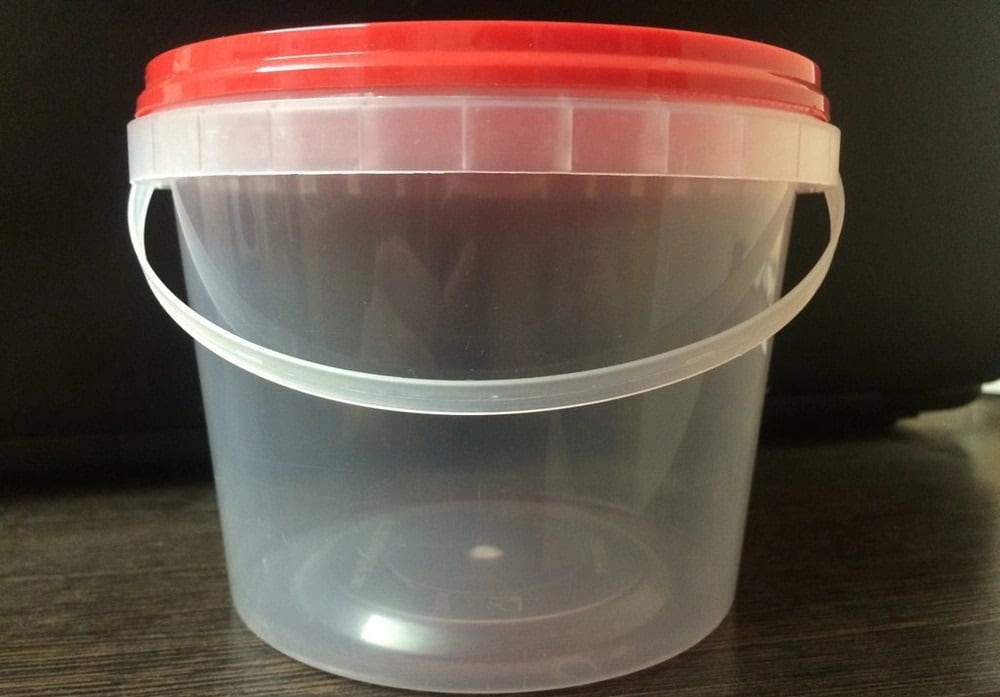
Plastic 2 is durable and recyclable
Plastic with a rating of 4 is the safest and least toxic but is generally recyclable rather than recyclable
You will need to check with your local recycling facility to see if they recycle LDPE plastic
Plastic 5 is strong, lightweight, and easily recycled at local recycling centers
3 contains lead and phthalates
Plastic 6 can absorb neurotoxic styrene and other toxins
Plastic 7 contains biphenyl A, a chemical that has been used to make plastics since the 1960s
BPA PC causes health problems


